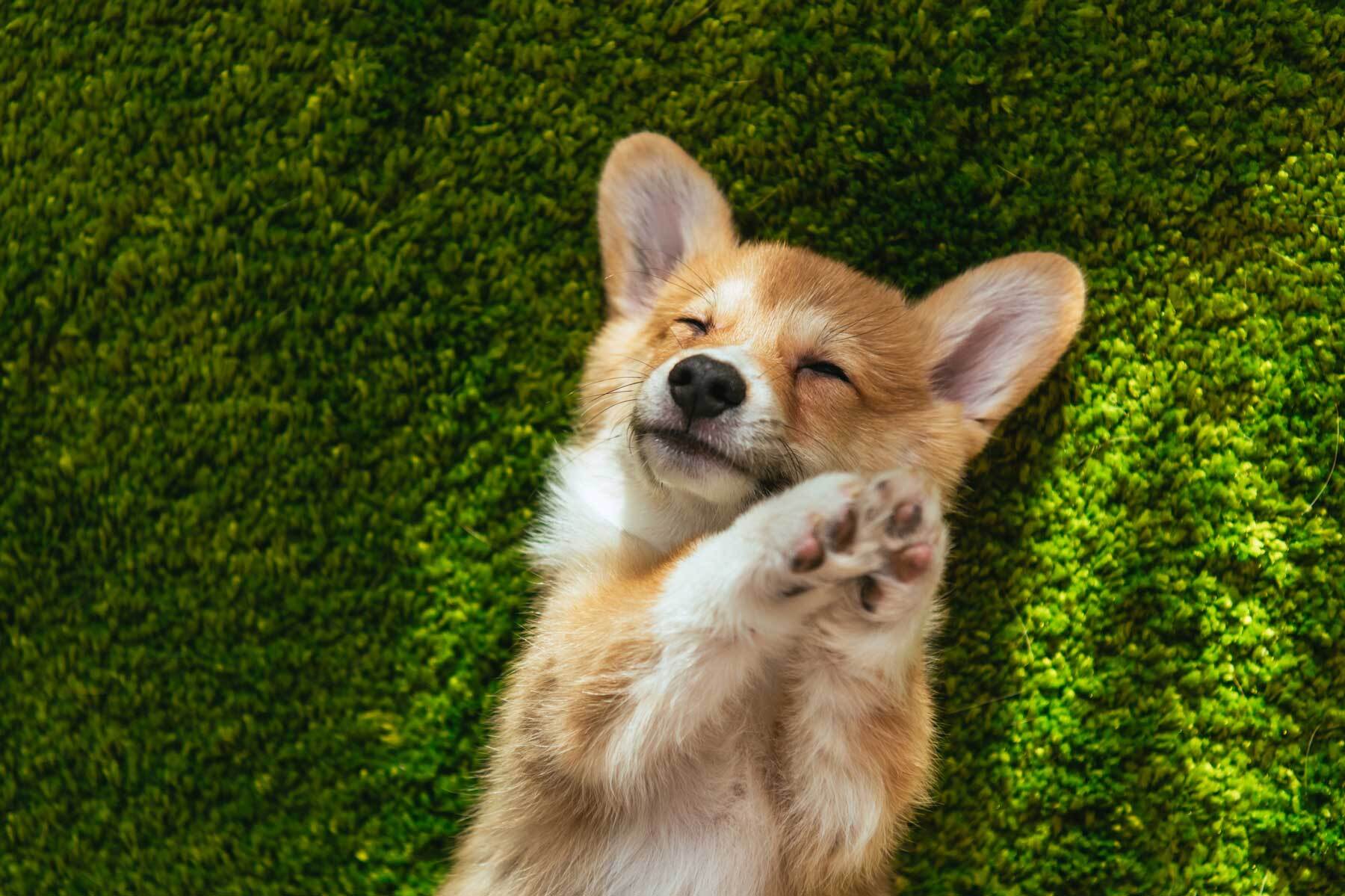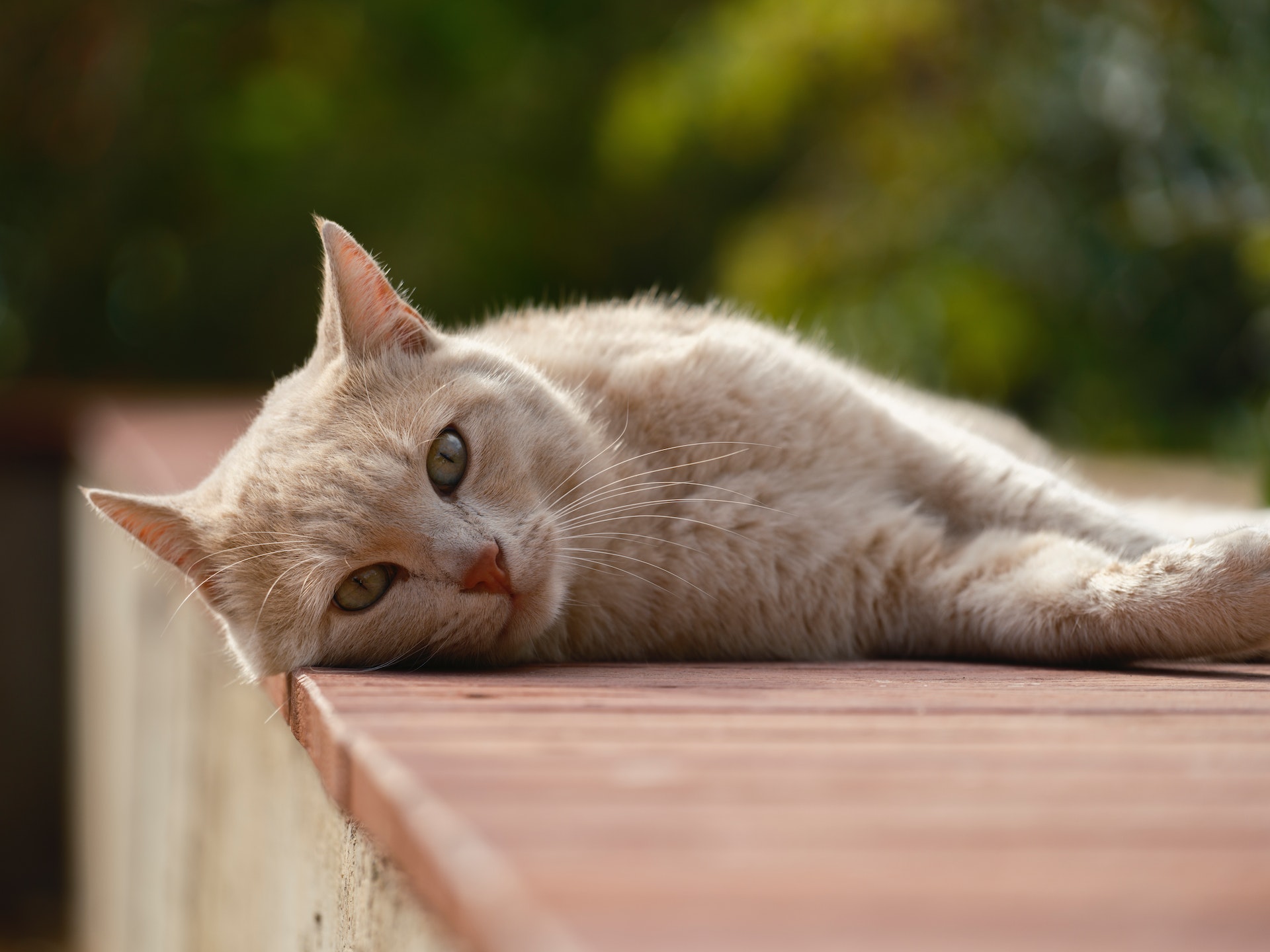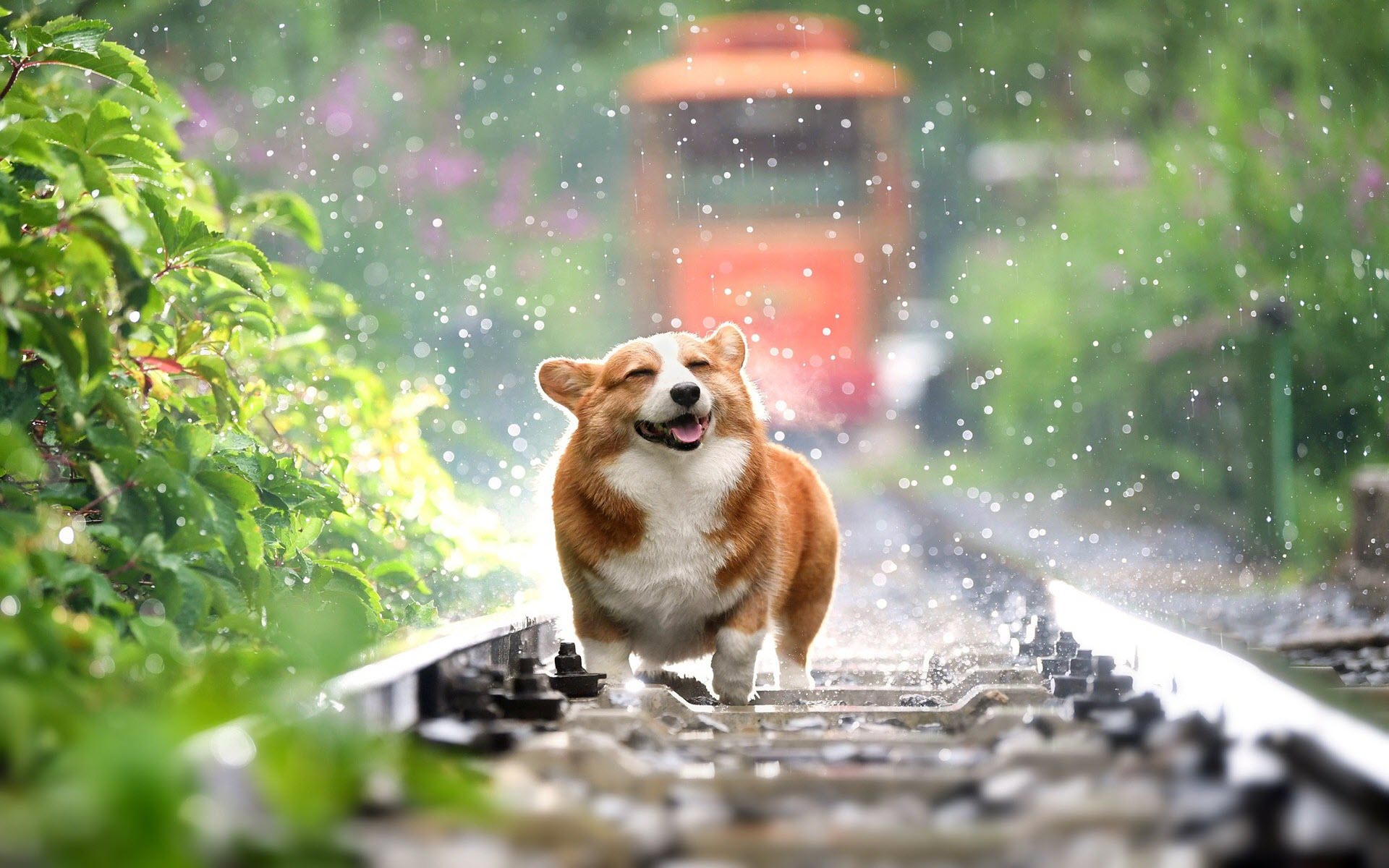Transporting pets internationally is an intricate process that requires careful planning and consideration. If you’re considering moving your beloved pet from Vietnam to Caloocan, Philippines, there are several essential factors to keep in mind to ensure a smooth and stress-free journey for both you and your furry friend.
Understanding the Regulations

Before embarking on the transportation process, it is crucial to familiarize yourself with the regulations governing pet travel between Vietnam and the Philippines. The Bureau of Animal Industry (BAI) in the Philippines mandates specific requirements for importing pets, including dogs and cats.
- Microchipping: Pets must be microchipped with an ISO 11784/11785 compliant 15-digit pet microchip. This identification will ensure your pet can be traced and returned to you if lost.
- Vaccination Requirements: Vaccinations are a crucial part of the import process. Your pet must be vaccinated against rabies at least 30 days but not more than 12 months before travel. Additionally, other vaccinations may be recommended, depending on your pet’s health history and age.
- Health Certificate: A health certificate issued by a licensed veterinarian is necessary. This document should confirm that your pet is healthy and fit for travel, free from infectious diseases, and up-to-date on vaccinations. The certificate should be issued no more than seven days before your pet’s travel date.
- Import Permit: An import permit from the Philippines’ Bureau of Animal Industry is required for bringing pets into the country. This permit can usually be obtained online or through your local BAI office.
Choosing the Right Mode of Transportation

When transporting your pet, you will typically have two options: by air or by land. Given the distance between Vietnam and Caloocan, air travel is the most efficient and preferred method.
Air Travel
- Select a Pet-Friendly Airline: Research airlines that accommodate pets in accordance with international regulations. Not all airlines allow pets in the cabin, and some require them to be transported as cargo. Ensure the airline you choose has a good reputation for pet safety.
- Book in Advance: Airlines have limited space for pets, especially in the cabin, so it is essential to book your pet’s spot as early as possible.
- Prepare the Pet Carrier: Invest in an IATA-approved pet carrier that provides adequate ventilation and comfort for your pet. Familiarize your pet with the carrier before the trip, allowing them to explore and feel comfortable inside it.
- Timing the Flight: Choose a flight time that minimizes the duration of your pet’s travel. Direct flights are preferable, as they reduce the stress of layovers and transfers.
Ground Transportation
If you are considering ground transportation within Vietnam before the flight, ensure you choose a reputable pet transport service that prioritizes pet welfare. This service can help with all necessary paperwork and provide transport to the airport.
Preparing Your Pet for Travel

The well-being of your pet during the journey is paramount. Here are some tips to prepare your furry companion for the trip:
- Visit the Veterinarian: Schedule a check-up with your veterinarian to ensure your pet is healthy enough for travel. Discuss any specific concerns you may have regarding your pet’s health during the journey.
- Familiarization: Allow your pet to get accustomed to the carrier and the travel process. Short practice runs in the carrier can help reduce anxiety on the actual travel day.
- Comfort Items: Include familiar items in the carrier, such as a favorite blanket or toy, to help comfort your pet during the trip.
- Food and Hydration: It is best not to feed your pet immediately before travel to avoid motion sickness. Instead, provide them with a light meal a few hours before departure. Ensure they have access to water, especially during layovers.
Arrival in Caloocan
Upon arrival in Caloocan, you will need to go through customs and ensure your pet meets all the Philippine requirements. Keep the following in mind:
- Documentation: Have all the necessary documents ready, including the health certificate, vaccination records, and import permit. Customs officials will require these to allow your pet into the country.
- Post-Arrival Vet Visit: Schedule a visit to a local veterinarian in Caloocan shortly after arrival. This will help ensure that your pet adjusts well to the new environment and receives any necessary treatments.
- Settling In: Allow your pet time to acclimate to their new surroundings. Create a comfortable space for them at home, complete with their bedding, toys, and food/water bowls. Be patient as they adjust to the new environment.
Conclusion
Transporting your pet from Vietnam to Caloocan, Philippines, can be a straightforward process if you plan carefully and adhere to the regulations set by both countries. By understanding the requirements, choosing the right transportation method, and preparing your pet adequately, you can ensure a safe and pleasant journey for your beloved companion. With proper care and attention, you and your pet can enjoy your new life together in Caloocan, creating wonderful memories in your new home.
More posts you might be interested in:














